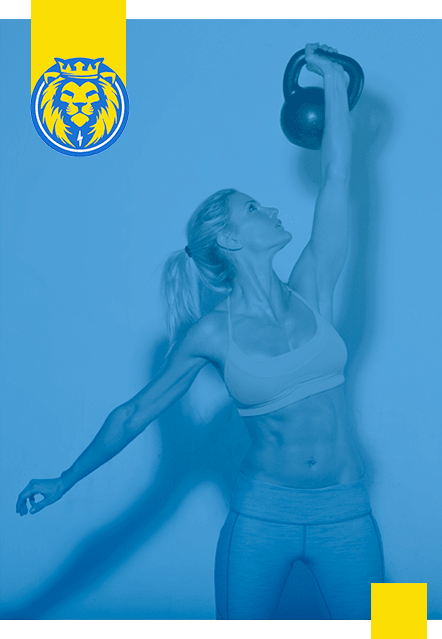
Why Conditioning is Important for Golf
Conditioning for golf has reached a period now where it is accepted that an amount of physical preparation is needed to succeed at any levels and abilities. Injury prevention, health and physical performance are key concerns that must be addressed in preparing the elite and amateur golfer. For the elite, the reasons are obvious, it can keep players playing into their older years, allowing them to continue their significant earning potential, it can provide key health benefits that, in turn, can give them that physical edge when it comes to tournaments. Amateur golfers on the other hand have a different schedule.
Buying the latest set of clubs and newest tracking tech has taken precedence over improving the golfers themselves. Still we should wonder, why did you slice the ball one hole and then hook it the next? Or struggle with a consistent swing with your top of the line 7–iron? Mechanical deficiencies in your swing will be amplified by your physical condition. When thinking of any golfer it is important to change the pattern of their thinking when it comes to conditioning.
Golfers are Athletes, So train like one
The stresses and demands placed on the body by swinging the golf club are more strenuous then most people think. Males frequently accelerate the golf club head at speeds of up to 160mph while females reach speeds of 100mph. The muscles involved in the swing motion from the grip, the stance, the execution, the backswing, the downswing and the follow through are all-encompassing, ranging from muscles in the hand such as the flexor pollicus brevis to the powerful hip extensors and flexors. The planes of motion involved are equally exhaustive – including the collaboration of the frontal, transverse and sagital plane in the fraction of second it takes to complete a shot. If the golfer shoots a 90 for the round, that may be 35 to 40 shots performed at this speed and with this powerful of muscular interaction. This action requires a great amount of athleticism, so why is it that this has basically been ignored when trying to improve an amateur golfer’s game?
Training will help you stay on the course
The physical demands of the golf swing place huge strains on the body’s musculature system and combine this with any mechanical deficiencies and you will see a rise in overuse injuries will. Particular areas of concern for golfers are the shoulder and lower back. Even after a non-competitive round of golf, the muscles will experience faulty loading patterns, usually steaming from overexertion during the swing and loss of control during the follow through and a general loss of technique or just poor technique. This can result in muscular imbalance with shortened and weakened muscles. For example, complaints of low back pain can often be traced to a shortening of the anterior hip muscles. Injury prevention techniques that can be used are a daily flexibility program alongside strengthening exercises for those susceptible areas. It should be the golfer’s aim to avoid injury rather than deal with the pain-staking process of rehabilitating injury.
Improve on and off the course
A practical, year-round strength conditioning program geared toward golf provides clients/golfers with improvements in their muscular strength, flexibility, cardiovascular capacity, and in their power. Clients will also have improvements with their everyday life as well, not just on the course. There is no denying that the functional carry-over into their everyday lives will be felt by the participants. They can see improvements with their energy throughout the day, their sleep habits can improve and mentally they can begin to feel better about themselves. When it comes to on the course a study conducted using 17 recreational golfers undergoing an eight-week strength program could improve their club head speed by +6%. Not only this, but body fat levels dropped by 7%. Lean weight improved by +3%. Blood pressure levels dropped by 5%, and flexibility levels improved in the hip by 43% (hip extension). Addressing problematic areas such as the lower back with a stretching and strengthening program has led to clients enjoying reduced pain in their golf games and, more importantly, in their everyday lives.
When it comes to golfers, it is important to get them thinking like an athlete whether they play for on the weekends or if they are more competitive when they play. If a golfer is looking to improve or take their game to the next level a properly coached strength program can be the key to their game.

